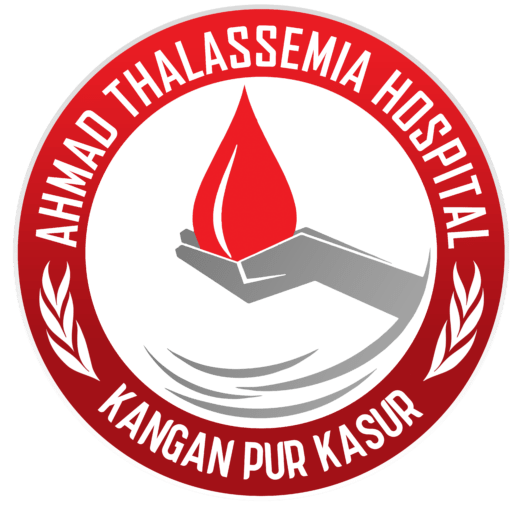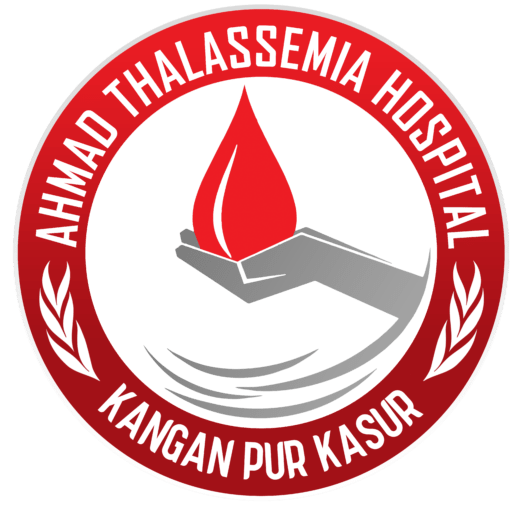Thalassemia Diagnosis
_______
Thalassemia is typically diagnosed through a combination of physical exams, blood tests, and genetic testing. Physical exams may include a review of the patient’s medical history, family history, and a physical examination to check for signs of anemia or other symptoms of thalassemia.
Blood tests are used to measure the levels of hemoglobin and red blood cells in the blood. Tests such as a complete blood count (CBC), hemoglobin electrophoresis, and iron studies can provide important information about the presence and severity of thalassemia.
Genetic testing may also be performed to confirm a diagnosis of thalassemia and to determine the type and severity of the condition. This may involve analyzing a patient’s DNA to identify any mutations or changes in the genes that produce hemoglobin.
If you are concerned that you or someone you know may have thalassemia, it is important to speak with a healthcare provider to discuss testing and diagnosis. Early diagnosis and treatment can help manage symptoms and improve long-term health outcomes.
Thalassemia Treatment
________
The treatment of thalassemia depends on the severity of the condition. Some people with thalassemia may have mild symptoms and do not require any treatment, while others may need ongoing medical care and management.
The following are some common treatments for thalassemia:
- Blood transfusions: Regular blood transfusions can help replace the damaged or missing hemoglobin in the blood. However, frequent transfusions can lead to a buildup of iron in the body, which can cause organ damage. To manage this, patients may need to undergo iron chelation therapy.
- Iron chelation therapy: This treatment helps remove excess iron from the body that can accumulate as a result of blood transfusions. Chelation therapy involves taking medication that binds to iron and allows it to be eliminated from the body.
- Folic acid supplements: Folic acid is a type of vitamin that helps the body produce new red blood cells. Taking folic acid supplements can help improve the effectiveness of blood transfusions and reduce the risk of complications.
- Bone marrow transplant: In severe cases of thalassemia, a bone marrow transplant may be necessary to replace the faulty stem cells that produce red blood cells. This is a complex and risky procedure and is usually only recommended for patients with severe symptoms.
- Gene therapy: This experimental treatment involves modifying the genes responsible for thalassemia to produce healthy hemoglobin.
In addition to medical treatments, lifestyle changes such as a healthy diet, regular exercise, and stress management techniques may also help manage the symptoms of thalassemia. It is important for individuals with thalassemia to work closely with their healthcare provider to develop an appropriate treatment plan.

